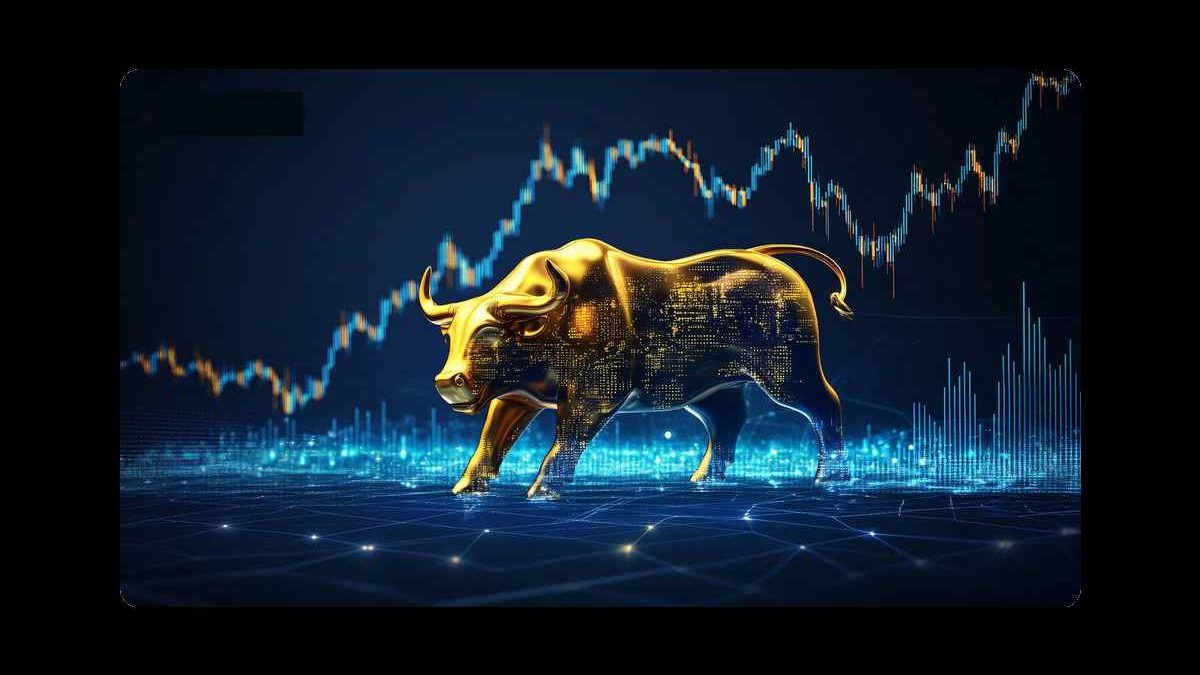What are Bull and Bear Markets in Crypto
If you are a crypto investor or you simply keep an eye on the Bitcoin and Ethereum price, “bull” and “bear” are two terms you can’t avoid. While they are used in all markets, they are quite significant in crypto as prices are very volatile, and knowing when to invest or sit out is important.
So, what exactly do people mean by bull and bear markets, and how can you tell one market from the other?
Table of Contents
What is a Bull Market?
The term bull market is used to describe a period that has had sustained growth in price. In other words, it is when a specific asset, such as Ethereum or Bitcoin, has been in an uptrend for a long period.
According to most investors, this increase should be by at least 20% and take place over several weeks. However, the 20% value is still debatable in crypto as these markets are more volatile than traditional markets.
So why “bull”?
The term bull market was derived from the way a bull attacks its prey. It uses its horns to attack the prey from a low position and then drags it up, similar to what happens to the price of crypto and regular stocks.
During a bear market, investors are usually very optimistic – you can say they are feeling “bullish” about their chances of turning a profit. Most people therefore buy crypto during these markets with the intention of holding out for a while before selling at a profit. This pressure to buy more usually pushes the prices further, but the bull has to get tired at some point, so to speak.
What is a Bear Market?
A bear market is the exact opposite of a bull market. It is when a market has had a sustained period of price reduction, shedding around 20% of its value. This market is often preceded by a bull market, but it can also be brought by external factors such as regulatory issues.
During a bear market, crypto prices keep dropping, causing panic among those who are holding a specific asset. Most investors therefore end up selling before the prices drop further, contributing to an even greater drop in price.
The term “bear” is also not a coincidence. It is derived from the way a bear attacks its prey – it stands up, lifts its claws, and then pushes downward with its weight.
Bear markets are generally associated with pessimism from investors. This is usually due to unfavorable conditions, such as when crypto exchanges are facing tough regulatory measures. However, when good news starts coming in, investor confidence is restored, and regular market resumes.
What are Bull and Bear Markets in Crypto
What Causes Bull Markets?
Bull markets are caused by a combination of several factors that generally create a positive image around crypto.
Positive News and Developments
When the market receives positive news, such as regulatory clarity that paves the way for mainstream investment in crypto, this usually causes a bullish sentiment that can drive crypto prices high. The same also happens when news of a significant blockchain development comes.
Market Sentiment
Positive investor sentiment is the main force behind bull markets, and it can be caused by a wide variety of factors. When the price starts growing, this then becomes self-reinforcing and pushes prices higher.
For example, before a Bitcoin halving event, investors may be confident of a price increase post-halving based on previous events. This can then cause the price to soar before the event even happens.
FOMO (Fear of Missing Out)
FOMO, or the fear of missing out, is a powerful psychological driver that also significantly contributes to bull markets. Once investors feel that prices are moving up, there will be increased activity to buy assets, and this contributes to a continued bull market.
What Causes Bear Markets?
Bear markets are also a product of several factors that bring pessimism around the market.
Market Corrections
A market correction mostly happens after bear markets. It is usually a “return to normal” after the investors overvalued or over-speculated on the market. These corrections usually reverse most bullish trends, but not all.
Regulatory Uncertainty
When a government cracks down on crypto firms such as exchanges or restricts certain activity, this can easily cause a bear market. Investors can sell off their assets, fearing the lack of market liquidity and accessibility.
External Factors
When there are things such as economic downturns, geopolitical tensions, or global financial crises, this will trickle down to crypto. Investors may sell their assets to either increase liquidity or simply reduce their risk.
Bull vs Bear Markets: When Should You Invest?
Both bull and bear markets offer an investment opportunity. Bear markets allow you to capitalize on the fact that prices are going up, but you should be careful to ensure that you don’t get in just before a market correction.
Bear markets, on the other hand, can allow you to buy assets you want to hold over the long term. However, you will also need to be cautious and wait for signs of market stabilization.
Both markets will need you to have a proper investment strategy, and you can then choose where and when to invest based on your risk tolerance, investment goals, and market outlook.
What are Bull and Bear Markets in Crypto

